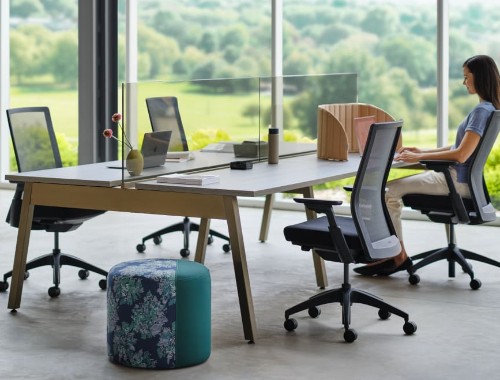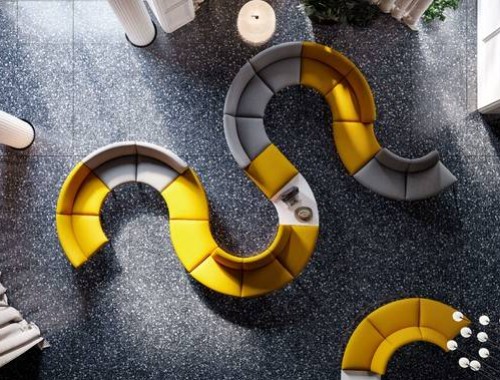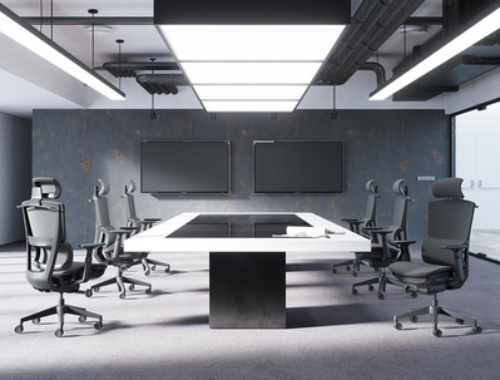Sales, employment indicate steady contract furniture growth
High gross sales, employment, and capital expenditures are indicators of the current strength of the contract and office furniture industry.
High gross sales, employment, and capital expenditures are indicators of the current strength of the contract and office furniture industry, according to the recent Michael A. Dunlap & Associates quarterly MADA / OFI Trends Survey.
The survey’s April Overall Survey Index is 57.24 compared to an almost identical January 2016 Overall Index of 57.25 and exceeding October 2015’s 56.05.
“The industry continues to grow steadily,” Mike Dunlap said. “Obviously the smaller to mid-sized companies are growing faster than the top five. The overall index is strong and is definitely above the 54.79 survey average. 2015 was the best year we had seen in well over a decade and we remain confident that 2016 will be even better!”
The survey measures the current business activity of the commercial furniture industry and its suppliers. This survey was completed during the month of April 2016 and marks the 47th Edition. The survey was started during the summer of 2004.
The 47 survey average for the overall index is 54.79. The highest recorded index was 59.72 in July 2005 and the lowest was 41.45 in April 2009 during the bottom of the recession.
Dunlap further stated “The fact that we have an all-time high index value for raw materials in the April 2016 survey is very exciting. The shifts in employment levels and hours worked index values are indicative signs that hiring new employees might be keeping up with demand and is still not being offset by less overtime.
“The increase in capital expenditures and steady tooling expenditures are mixed when comparing them to their 47 survey averages, The new product development index is still somewhat alarming and we will monitor this puzzling trend closely. Both manufacturers and suppliers continue to report similar experiences.
“The improved raw material cost index has become the norm, because it reflects the decline in the prices of commodities like fuel, steel, copper, and plastics. It’s actually a “deflation” scenario that is typically good only for a short period. Yes, it beats index values in the upper 30’s and lower 40’s. With the five quarter average at 50.95 and 47 quarter average of 45.03, conditions remain out of balance.
The employee cost index value is not unusual and is slightly better than the 47 survey average. Dunlap added, "Although there are signs of softening, I am delighted to see the strength of the personal outlook index.” It’s a purely emotional question but we put a lot of value on this content.
The most frequently cited perceived threats to the industry’s success are healthcare costs and exchange rates. Healthcare costs are the most commonly cited concern from respondents since this survey process was started in August 2004.
The April 2016 MADA / OFI Trends survey was sent to more than 800 individuals involved with office furniture manufacturing and suppliers from Africa, Asia, Australia, Europe, North and South America. For further information,visit http://www.mdunlap-associates.com.
(Source: woodworkingnetwork)





 沪公网安备31010402003309号
沪公网安备31010402003309号



